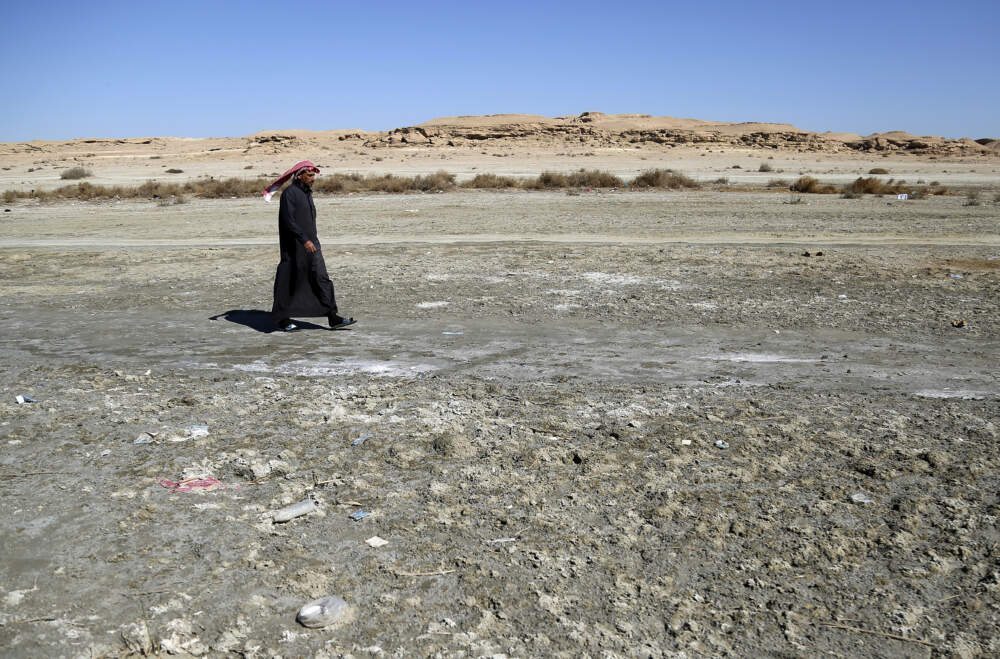Advertisement
Climate change in Iraq: A warning for the rest of the world
Resume
The shifting landscape of Iraq is laying bare just how dangerous and damaging climate change could be globally. Once a verdant and fertile land, even as recently as the 1980s, Iraq becomes more arid each year as desertification spreads.
The causes range from the obvious — hotter temperatures, less rain — to the less obvious — abandoned water treaties with upstream nations and government corruption.
New York Times international correspondent Alissa J. Rubin spent months journeying across the nation and gauging the impact throughout the country's cities, towns and rural communities. She joins host Scott Tong to unpack her findings with vivid real-life stories of those who call Iraq home.
This segment aired on September 5, 2023.